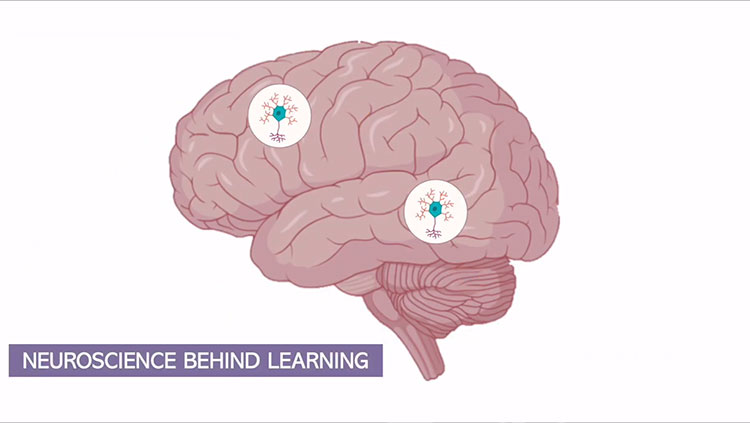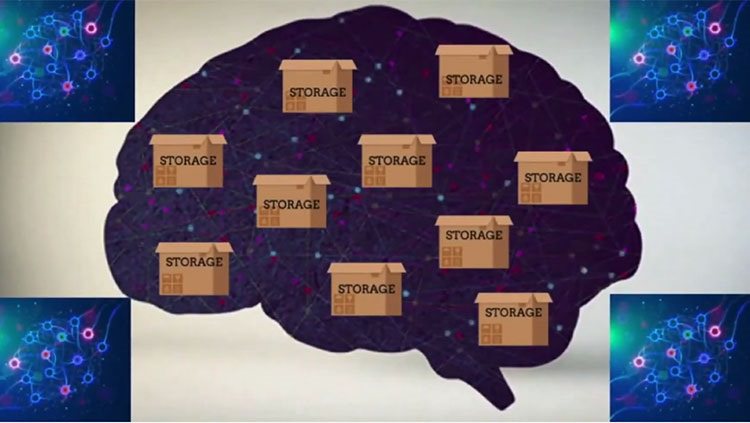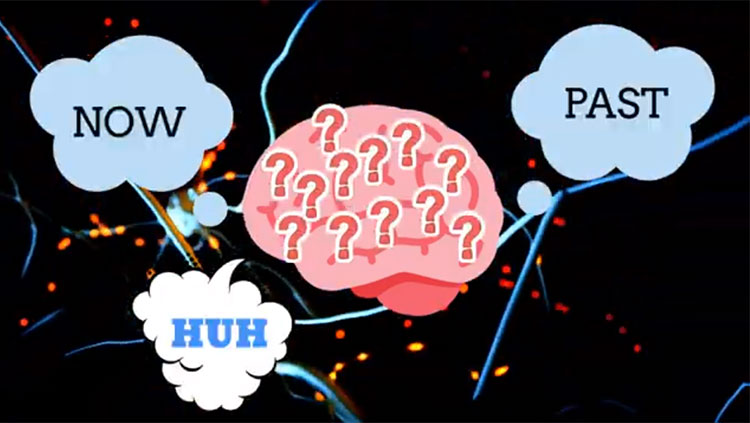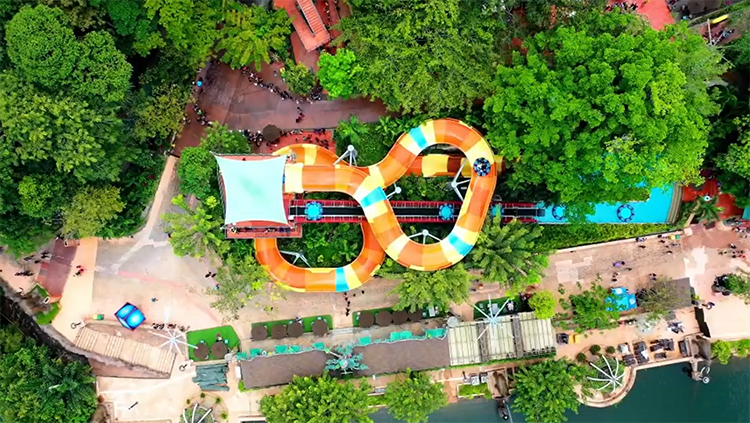Snail Study Shows How the Brain Decides What Is Worth Learning
- Published20 Sep 2023
- Author Christine Won
- Source BrainFacts/SfN
It costs the brain a lot of energy to form long-term memories. So it has to pick and choose when something is worth learning.
Michael Crossley and colleagues at the University of Sussex identified a neural circuit that illuminated how the great pond snail, Lymnaea stagnalis, formed new memories shaped by past experiences in a March study in Science Advances.
In this video at 4x speed, the undersides of two great pond snails are shown side by side. On the right, a trained snail that has learned banana-flavored amyl acetate (AA) precedes sugar water moves its mouth rhythmically to swallow the solution, while a naive snail (left) that has not received any training does not display such feeding activity in the same environment.
Crossley, the first author, said they used the thumbprint-sized freshwater snail because they are “remarkable learners.” Pond snails have about 20,000 neurons compared to humans’ 86 billion, but their neurons are about 10 times bigger in size.
The snails, which can remember something they learned in two minutes for one month, received two types of appetitive training: strong and weak. In strong training, they received banana-flavored water, which some swallowed and some spit out, followed by sugar water, which they gobbled up. Next time they received the banana concoction, having formed the positive association, they began to swallow the banana solution in anticipation of the sugar. But in weak training, when they received coconut-flavored water followed by a less sugary concoction, they did not form that positive association and continued to swallow or spit it out intermittently.
When researchers paired strong training followed by weak training four hours later, the snails acquired both memories — but not vice versa. Researchers suggested the initial strong training lowered the snails’ memory threshold into a learning-rich state in which they remembered connections they otherwise would have ignored.
Examining their neurons, researchers identified two mutually exclusive circuits: one for ingestion (swallowing) and one for egestion (spitting). The snails that received weak-strong training showed the two circuits competing equally, whereas the swallowing circuit dominated in those that received strong-weak training.
This makes sense in terms of survival, Crossley says: "You don't want to learn about everything, it would be energetically costly but also probably maladaptive." He adds the findings shed further light on the "cost benefit analysis" even the smallest of brains perform.
CONTENT PROVIDED BY
BrainFacts/SfN


















